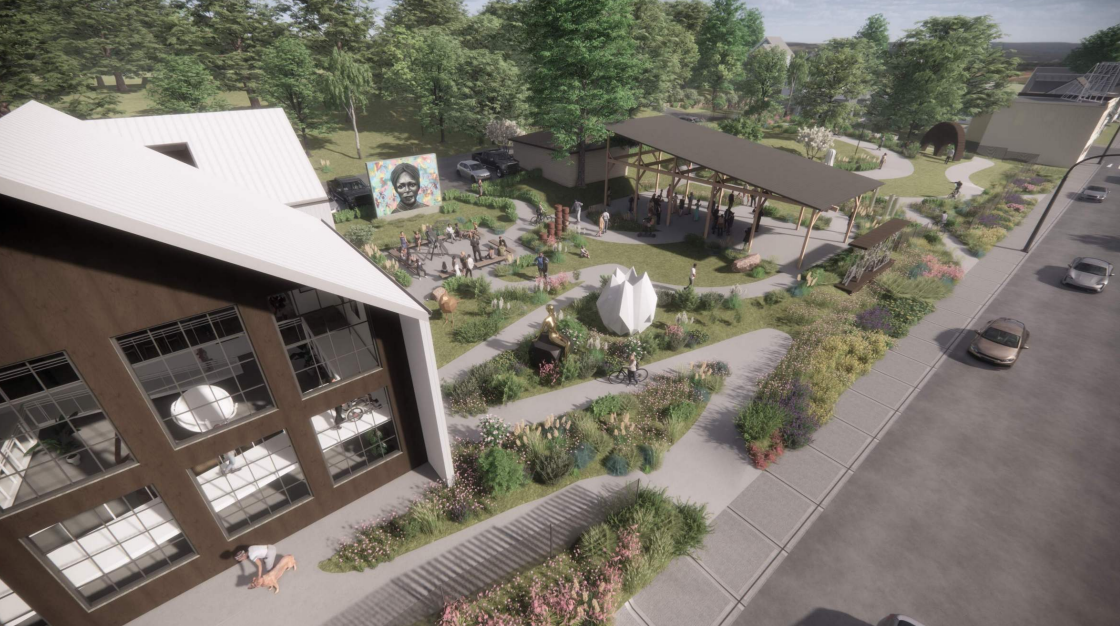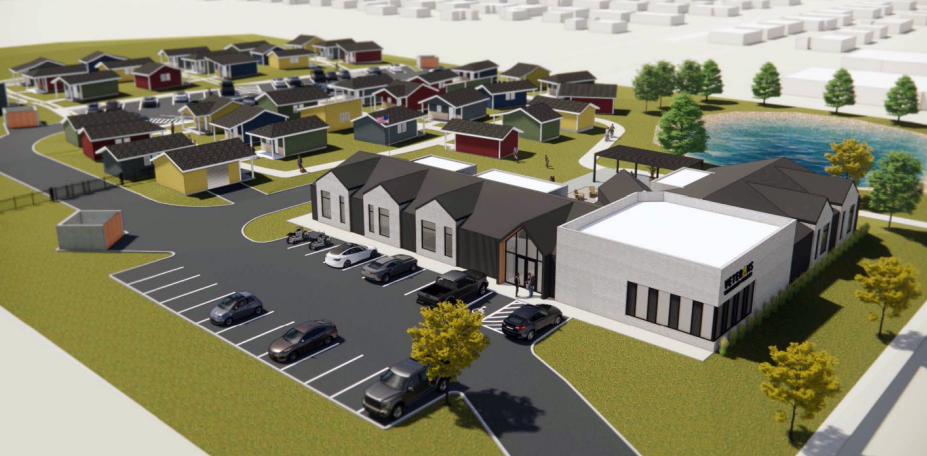Milwaukee wants 1 million people and more housing. Zoning code changes are a first step

Milwaukee might soon change its zoning code to encourage development of small apartment buildings and apartments in commercial areas − growing the city's affordable housing supply.
Those revisions, which need approval from the Common Council and Mayor Cavalier Johnson, would be a first step towards Johnson's vision of eventually increasing Milwaukee's population to 1 million.
Smaller rental developments also will likely need public financing help, housing industry experts say, as well as building code changes. But zoning to promote such projects must happen first, they say.
"The deck is stacked against small developers who don't know how to navigate the process," Milwaukee developer Montavius Jones told the Milwaukee Journal Sentinel.
Milwaukee would join a growing number of cities that have changed their zoning to encourage housing developments − especially smaller projects. That includes Minneapolis, St. Paul, San Francisco, Portland, Oregon, and Charlotte, North Carolina.
In Wisconsin, communities such as De Pere and Madison have taken similar actions.
Milwaukee's possible zoning changes would amount to "a very positive step," said Jim Villa, chief executive officer of NAIOP Wisconsin, a real estate development trade group.
"I think the focus on growth and housing choice is really important," he said.
"We want to use this process to remove the zoning barriers," said Sam Leichtling, Milwaukee's planning manager.
Leichtling spoke at a recent Plan Commission presentation on the proposed zoning changes. More details will be unveiled this spring for feedback from Milwaukee residents and property owners, followed by a commission and council review.
Smaller scale projects could come near single family homes
The idea is to promote more housing − but not high-rises, or even mid-rise buildings, in neighborhoods largely characterized by single-family homes, Leichtling said.
Instead, zoning would be changed to create a little more density, said Amy Oeth, a city planner.
"This really will allow for some incremental density, and create more choice for more neighborhoods," Oeth told the Plan Commission during the March 4 presentation.
That includes such "neighborhood scale" housing as duplexes, triplexes, townhouses and buildings with four to eight apartments.
Other forms of housing could include tiny homes, such as Veterans Community Project Inc.'s development planned at 6767 N. 60th St., and accessory dwelling units. The latter refers to a house or apartment that shares the building lot of a larger, primary home.
Another change would encourage more apartments by eliminating floor area ratios − which typically limit a building's floor area in relation to the size of its lot.
Instead, zoning would set height limits, setbacks and design standards for apartment buildings.
That creates more certainty about the building's appearance, Oeth said, with "a more equitable playing field for development."
A third zoning change would update design standards to better support walkable urban neighborhoods.
A way to address the 'missing middle' of the housing market
The zoning adjustments have their roots in the Johnson administration's Growing MKE study released in November. It also called for reducing minimum parking space requirements.

The pending zoning changes would encourage the "missing middle" of housing − projects larger than single-family homes and duplexes but smaller than most market-rate apartment communities, said Angie Tabrizi, who operates Moxie Development Collective LLC.
"We're trying to figure out how to build in more density wisely," Tabrizi said, in an interview.
Her Milwaukee firm works with nonprofit groups on developments − including Meta House's $30 million residential substance abuse treatment center planned for Piggsville. Moxie also is looking to do its own projects.
More housing means increased property tax revenue for the city, Milwaukee Public Schools and other local governments, and additional customers for nearby stores, restaurants and other businesses.
It can combat climate change by being built near bus lines, bike paths and other alternatives to driving, said Jones, who operates Milwaukee-based Narvarte Development LLC.
Also, increasing the supply should make housing more affordable by creating additional competition among developers and landlords.
Removing development barriers a key part of strategy
To be sure, zoning code changes alone won't ensure more housing is developed.
"We recognize there are other barriers," Leichtling told the Plan Commission.
That includes financing, he said.
Tabrizi said well-established development firms have few financial incentives to build missing middle housing.
But making it easier to build such projects with less-restrictive zoning will open the door for start-ups and other emerging developers, she said.
Jones, who launched Narvarte Development in January, said the city can help on the financing side by making pre-approved plans for small rental developments available for a fee. That reduces architectural costs.
City Hall also could approve more tax incremental financing districts for such developments, he said. Those districts use property tax revenue from new developments to help pay their costs.
"It's so hard to do these smaller projects at scale," Jones said. "That's why people don't do them."
Meanwhile, the city is seeking a $4.2 million grant from a U.S. Department of Housing and Urban Development program to help build around 25 affordable housing units.
That would provide opportunities to own homes which cost less than traditional single-family houses, according to the grant application.
Jones also cautioned against a backlash.
That's happened in such Wisconsin communities as Neenah.
Its Common Council in 2022 rejected a housing project − despite the Plan Commission's endorsement − after neighbors said it "would bring undesirable tenants, more crime, increased traffic and lower property values," according to the Appleton Post Crescent.
Meanwhile, affordable apartments under development in Brookfield won city approval in 2023 but also drew vocal opposition.
The benefits of increased density outweigh the "potential pitfalls," Jones said.
"We're in an affordable housing crisis," he said.
Tom Daykin can be emailed at tdaykin@jrn.com and followed on Instagram, X and Facebook.
Subscribe to get the BusinessWatch email newsletter.
This article originally appeared on Milwaukee Journal Sentinel: Milwaukee wants more housing. Zoning code changes are a first step

